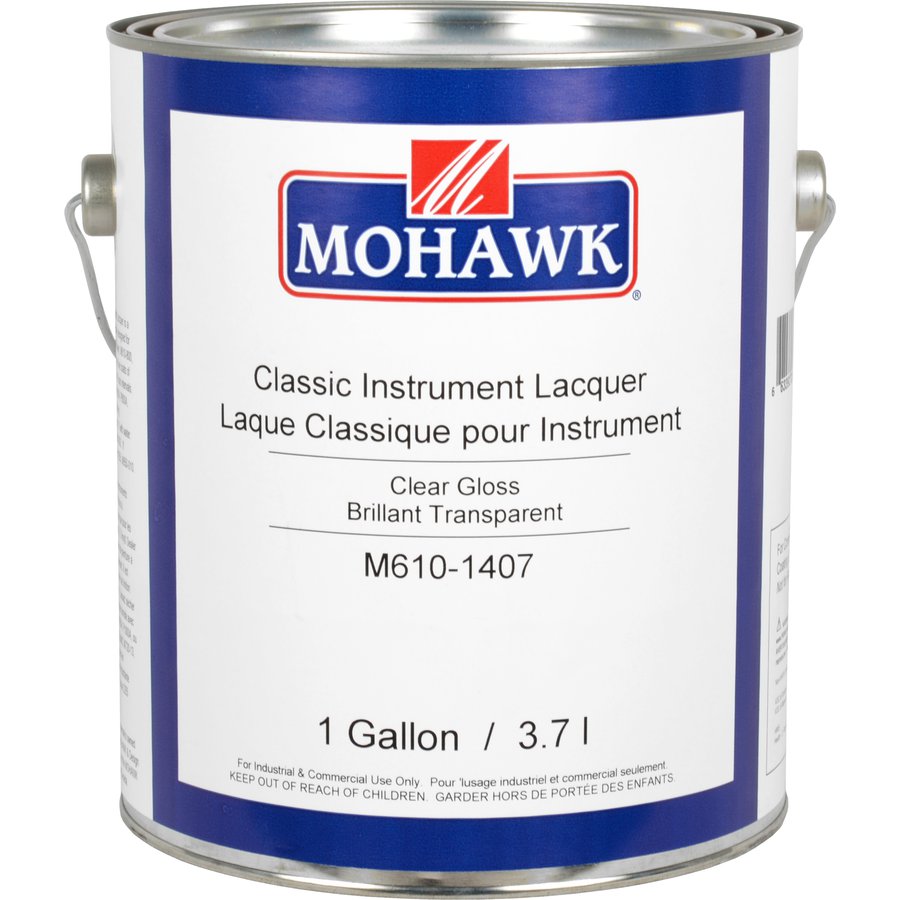
on a rack and played normally.īut if you use a lacquer/enamel blend carefully read and follow the manufacturer's recommendations - and be extra careful to apply VERY thin coats. If you use conventional lacquer, apply thin coats (and have practiced the whole system on scrap until the final result is even and able to go straight to the buffer) you can complete a finish job in 2-3 days, with the product buffed and able to be put in a case. Just because you see "cellulose nitrate" does NOT mean it's a conventional lacquer, or a "pure nitro" lacquer - you have to be able to read an MSDS and understand the noted components to know what you really have! Note: Acrylic resin is not hazardous and does not need to be listed on the MSDS - so it may be a component alone or in a nitro/acrylic blend (very common for impact and cracking resistance) both nitrocellulose (cellulose nitrate) and MOST alkyd resins ARE hazardous - but all alkyd resins require naphtha or mineral spirits as a solvent, which are NOT used in conventional lacquers!

If the Product Data Sheet recommends that each coat dry longer than an hour and the MSDS lists naphtha, alkyd enamel and/or mineral spirits it's a lacquer enamel blend and extended dry time is required (the dry film will also be softer than conventional lacquer).
MOHAWK STRINGED INSTRUMENT LACQUER FULL
Lacquers are not applied like paint products! That's the most common error when using lacquers for the first time - applying full coverage coats. If ANY "lacquer" is applied to full coverage or flow they are being applied FAR too thick! That's why, in the Stewmac finishing guide, they recommend such a long dry time - using the incorrect word "cure" - as conventional nitro, acrylic, and even lacquer/enamel blends all dry ONLY by evaporation.Ī single, properly applied coat of acrylic, nitrocellulose or acrylic/nitro blend conventional lacquer dries in 30-60 minutes, and lacquers do not cover or flow together into a cohesive film until the third or fourth coat.
MOHAWK STRINGED INSTRUMENT LACQUER PLUS
Doesn't seem to yellow with UV exposure, so that could be a plus if you don't want the guitar to age.Īnybody agree or disagree with me on any of these?Īnybody tried Gracey's or any other brands?įWIW most Colortone (Stewmac) and Deft "lacquer" products are blends of lacquer and oil-based enamel. Can't tell if it yellows much or not.ĭeft never seems to dry, and in my opinion, is kinda garbage. Mohawk has a similar smell and hardness to Reranch, but it seems to spray on thinner and somehow runs more easily. Haven't used it long enough to know whether it yellows over time. Feels a little easier to burn through when sanding. Stewmac nitro feels a little softer/tackier and seems to retain a funky smell for longer than Reranch. Reranch seems to spray on buttery thick, and it seems to dry harder than others I've tried. If you do get a run or sag, simply let the finish harden (24-hours) and level sand the blemish using 400-grit sandpaper and a backing block.Wanted to open up a thread to get all your opinions on various brands of Nitrocellulose rattle can clear coats you have used.įor example, my experience brands I've tried: Be careful when applying wet-coats, as it's easy to create a run or sag on edges, or while trying to apply finish into the tighter areas of an instrument. The first coat should be a light, misting coat to the instrument - often referred to as a "tack-coat." After 45-minutes or so, apply another, more deliberate "wet-coat." Future coats should be wet, and be sure to give 1-2 hours between coats to allow the solvents to rise out of the finish. As you gain experience, you'll find that fewer coats are required. Beginners should spray 10-12 coats to avoid sanding or buffing through the finish.

The total number will depend upon how thick your coats are, how much sanding you do, and what your final desired film thickness is. Superior rubbing qualities yield a mirror-like reflectance. Excellent flow, flexibility and durability. Nitrocellulose finishes should have a total 6-12 coats - sealer, color, and clear coats combined. NOW AVAILABLE IN 5 GALLON PAILS Formulated to produce a superior finish on thin, flexible veneers such as those used on stringed musical instruments. It's ready to spray with no thinning required, for faster finish build-up in multiple coats. The finish has better resistance to cold-checking and scuffs. Stringed Instrument Lacquer produces a hard, durable finish that's less brittle and more flexible than standard furniture lacquer, to accommodate the expansion and contraction of wooden instruments. The look, feel, and tone of nitrocellulose is hard to surpass, and it is easier than many finishes to repair or touch-up. It's relatively easy to apply and buff to a beautiful, high gloss finish.

Nitrocellulose lacquer is synonymous with well-crafted, vintage and modern instruments.


 0 kommentar(er)
0 kommentar(er)
